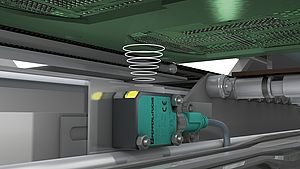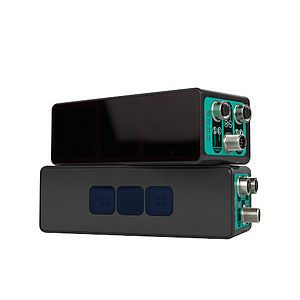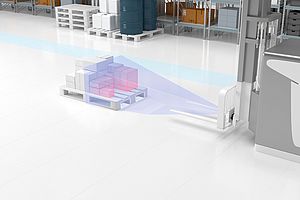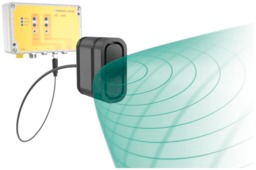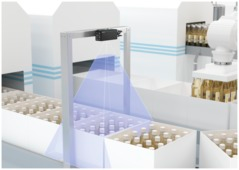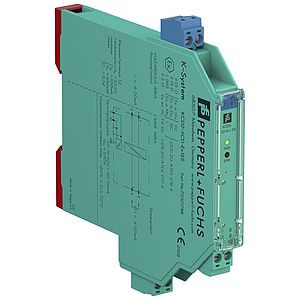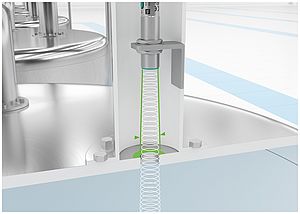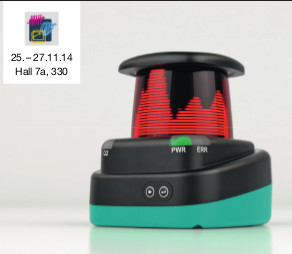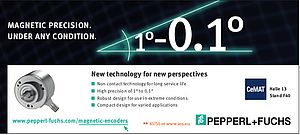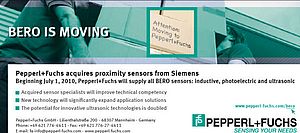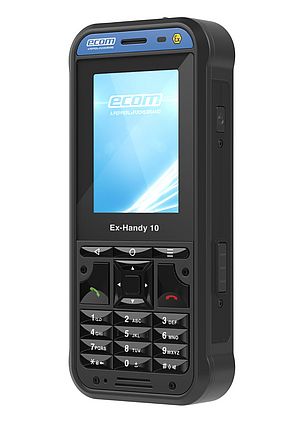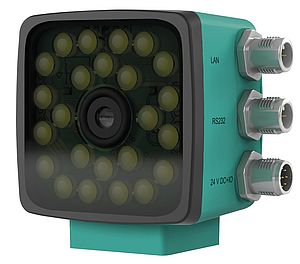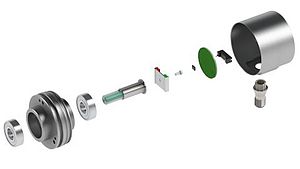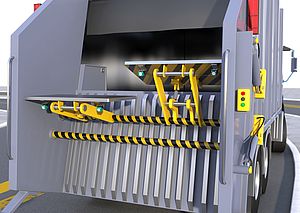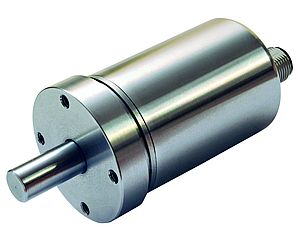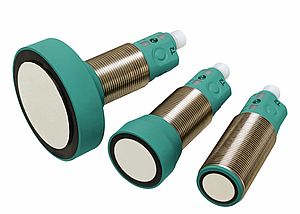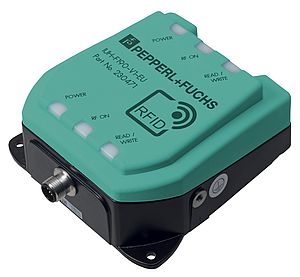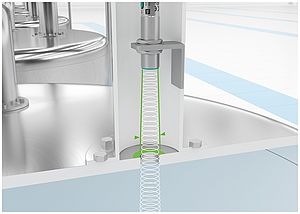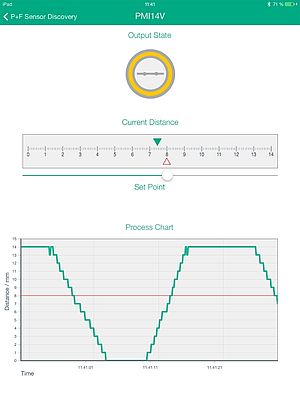Terms such as “The Internet of Things” and “Industry 4.0” have been coined in Europe to mark the advent of the fourth industrial revolution and are being widely discussed and analyzed in the old continent. Now it is the time to understand how these concepts are perceived outside Europe with Dr. Helge Hornis, Product Marketing Manager for Intelligent Systems in the USA, Shane Parr, Managing Director in Singapore, and John Saw, Product Marketing Director in Shanghai.
Is the term "Industry 4.0", as coined by German industrial associations, as well known and widely discussed in America and Asia as it is in Germany?
Helge Hornis: In America, the term is only really known among experts, but even then, people do not know a lot about what it means. Here, everyone in the consumer market is talking about the Internet of Things. There is considerable hype surrounding the field of building automation and there are already products that you can buy from home-improvement stores, such as a heating regulator, which raises the temperature when the GPS data from the user's smartphone signals that they are on their way home.
John Saw: Many experts in the field of factory automation are familiar with the term Industry 4.0, and customers want to learn more about this concept. The Internet of Things is developing quickly in Asia, as is the case in the USA, these impulses come from the consumer market.
What is the situation like in the field of process automation?
Shane Parr: In process automation industries, the terms Industry 4.0 and Internet of Things are known, with the latter used more commonly throughout Asia. However, while the industry press is attempting to build up some substance around the Internet of Things, the reality is that there are no real, let’s say killer applications, to drive this technological step.
Specific terms aside, how far has the idea of increasingly networked automation spread?
Helge Hornis: The automation industry in the US is typically more cautious towards fundamental innovations. For example, even in recent times, new baggage systems in airports have been fitted with AC switches—so in some cases 24 VDC switches haven't even been introduced yet, let alone bus systems.
John Saw: In Asia, adoption of most modern solutions and technology is usually favored. In the automotive industry, for example, there is discussion and consideration on how Industry 4.0 concepts can be implemented in practice. We are being asked what Pepperl+Fuchs as sensor manufacturer can contribute in this area.
What topics are the highest priority for users?
Shane Parr: In process automation, the main focus is on reliable and efficient plant operations. Users would welcome industry-wide standards to enable platform-independent communication across systems and devices. However, as we see recently in wireless technologies, there are already two competing standards available: WirelessHART and ISA100. What's more, providers of process control systems have no overriding interest in opening up their proprietary systems for broad communication. Reliability and safety are crucial factors—in any case, plants with potentially explosive materials and atmospheres would only be able to implement tried-and-tested technologies that offer high protection classes.
John Saw: In the field of factory automation, Ethernet-based devices are gaining popularity and are already widely used in some industries. In the automotive industry, cloud-based solutions are also being discussed. Remote access to devices for maintenance and diagnostics is basically accepted and will likely spread quickly. To enable this capability, manufacturing processes and also the flexibility to quickly match consumer demands would then be guided by data. In order to implement this concept, a reliable means of achieving data security would, of course, be an important requirement, and solutions still need to be found in this area.
In what areas do you see or expect to see a strong impetus for change?
Helge Hornis: I expect to see the real breakthrough when a large Internet-oriented company comes up with an overall solution that then spills over into the automation market. Once the idea of network-based automation is accepted in the USA, it will definitely be implemented quickly.
John Saw: Business models that rely predominantly on low wages will not work forever in China. As such, companies are thinking hard on how to create more value to achieve its competitive and comparative advantage. Increasing efficiency, achieving increased flexibility and reliability, better matching consumer demands to supply through connectivity is a growing trend. Customers want comprehensive, coordinated initiatives that provide a reliable and binding framework, which is as standardized as possible. Many experts in Asia are following the extensive discussion about the Internet of Things and Industry 4.0 in Germany with a great deal of interest.
Shane Parr: I see a cascade effect happening, starting in the consumer market, carrying forward into the field of factory automation and after that into the field of process automation.
What specific actions are planned at present?
Shane Parr: Advanced diagnostics and predictive maintenance are two keywords used in process automation, and with fieldbus, our devices already provide both. However, these capabilities have yet to be integrated into each individual system with its specific standards and protocols. It is often the case that the potential of available data is not fully utilized. We are already able to implement a wealth of additional networked intelligence at plant level.
Helge Hornis: With SmartBridge, we are able to offer technology that enables users to take a significant step in this direction, without needing to change the plant and process control system. As is the case for the heating regulator controlled via smartphone, SmartBridge can be taken off the shelf and put to immediate use. It requires a minimal investment, is easy to understand, and offers a direct benefit. This is not yet Industry 4.0, but it is a real piece of Sensor Technology 4.0.
John Saw: Our intelligent sensors and devices already offer features of detailed diagnosis, online monitoring, fault detection for predictive maintenance, and remote parameterization. We are sharing more and more with our customers to better enable them to integrate these features into their applications to achieve remote access and data transparency. The SmartBridge concept is generating interest in Asia as it further bridges field sensors and devices to Industry 4.0 concept.







